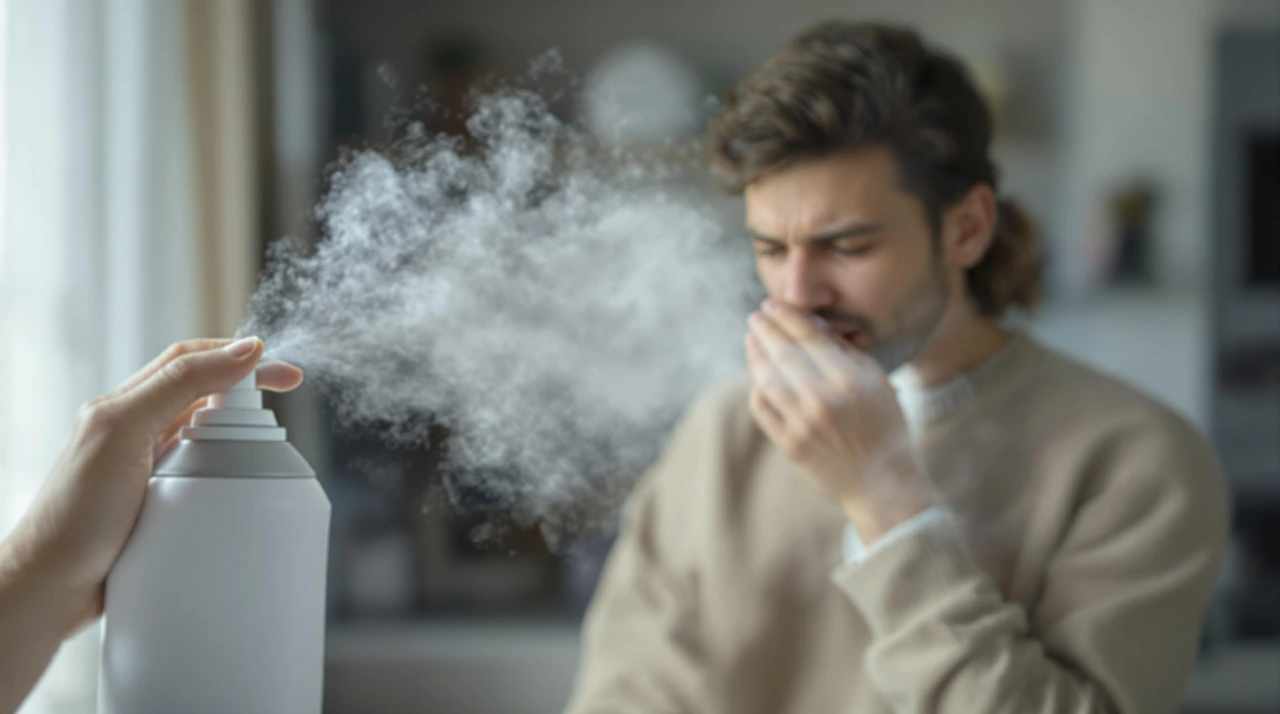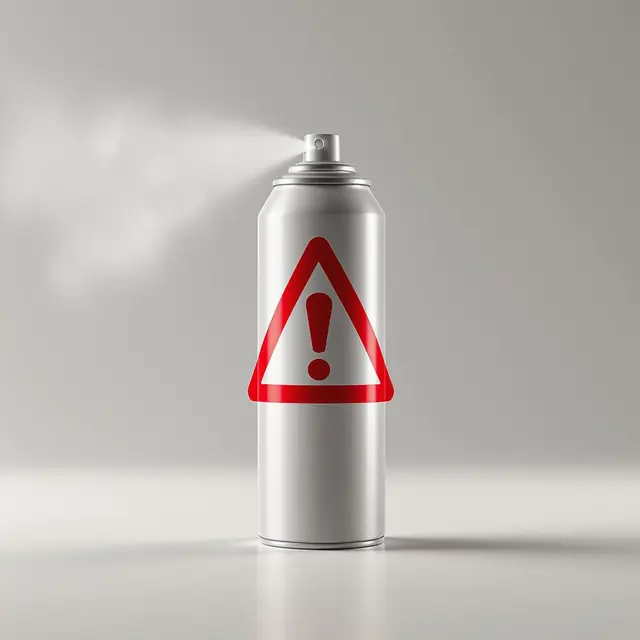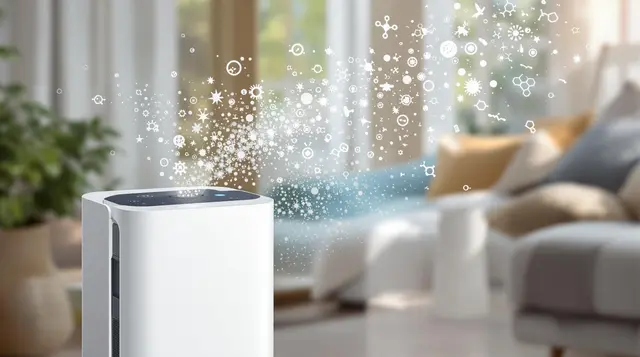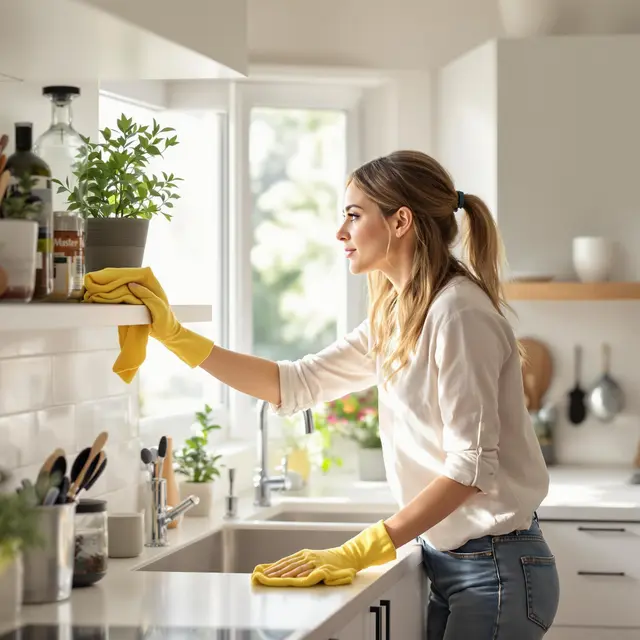
Air fresheners are everywhere—sprays, gels, plug-ins, candles—and they’re sold as the ultimate solution to stinky shoes, sweaty gyms, or post-dinner garlic smells. But here’s the kicker: Those “fresh” smells often come with a hidden cost. Many air fresheners are packed with toxic chemicals that don’t just mask odors—they create new health problems.
This article isn’t about shaming you for loving a good lavender spray. It’s about arming you with the truth: Why your air fresheners might be making you sick, and how to swap them for safer, natural alternatives that actually work. Let’s dive in.
The Hidden Dangers of Air Fresheners

A. Toxic Chemicals in Air Fresheners
1. Volatile Organic Compounds (VOCs)
Imagine this: You spray a “mountain breeze” air freshener, and the scent fills the room. What you don’t see? A cloud of VOCs—chemicals like formaldehyde, benzene, and toluene—floating in the air. These compounds are the backbone of artificial fragrances, but they’re also linked to:
- Respiratory irritation: Wheezing, coughing, and asthma flare-ups.
- Headaches and dizziness: That “overpowering” smell? It’s your body reacting to toxins.
- Cancer risk: Long-term exposure to VOCs like benzene is classified as carcinogenic by the EPA .
2. Phthalates

Phthalates are the “dirty secret” of air fresheners. They’re added to make scents linger longer, but they’re also endocrine disruptors. Think of them as molecular troublemakers that mimic hormones in your body, potentially causing:
- Hormonal imbalances: Mood swings, weight gain, and thyroid issues.
- Reproductive harm: Linked to infertility and birth defects in developing fetuses .
3. Other Harmful Ingredients
Synthetic fragrances: A catch-all term for hundreds of undisclosed chemicals, often derived from petroleum.
Glycol ethers: Irritate eyes and lungs, especially in children.
1,4-Dichlorobenzene: Found in solid air fresheners, it’s linked to nerve damage and respiratory issues .
Terpenes: Natural-sounding but reactive—when mixed with indoor ozone, they form formaldehyde and other toxins.
Personal Take: I once loved those plug-in fresheners with “vanilla musk” scents. But after a friend’s toddler had an asthma attack near one, I swapped them for beeswax candles. The change was subtle but immediate—no more morning congestion!
B. How These Chemicals Affect Health

Short-Term Effects:
- Headaches: That “too strong” smell? It’s your brain crying for help.
- Nausea and dizziness: Common in enclosed spaces with poor ventilation.
- Asthma triggers: VOCs inflame airways, making breathing harder.
Long-Term Risks:
- Bioaccumulation: Chemicals like phthalates build up in fatty tissues over years, increasing toxicity.
- Synergistic effects: When multiple chemicals mix (e.g., a plug-in + a spray), their toxicity multiplies.
- Chronic issues: Endocrine disruption, respiratory diseases, and even cancer.
- Vulnerable groups: Kids (whose lungs are still developing), the elderly, and people with allergies are hit hardest.
Did You Know? A study found that homes using air fresheners had 3x higher VOC levels than those that didn’t . Imagine breathing that in 24/7!
C. Indoor Air Quality Impact

Here’s the science-y part: Air fresheners don’t just emit chemicals—they react with indoor pollutants. For example:
- Ozone + terpenes = formaldehyde: When ozone (from air purifiers or sunlight) mixes with terpenes in “citrus” scents, it creates formaldehyde—a known carcinogen.
- Secondary pollutants: These reactions create new toxins that linger longer than the original chemicals.
Real-World Example: A 2023 study showed that using air fresheners daily raised indoor VOC levels by 60%, worsening air quality for residents .
Why “Natural” or “Green” Air Fresheners Aren’t Always Safe

A. Marketing Myths
“Natural” sounds harmless, right? Not so fast. Here’s the truth:
- No regulation: Terms like “green” or “eco-friendly” aren’t legally defined. A “natural” air freshener could still contain synthetic fragrances or VOCs .
- Greenwashing: Companies often hide harmful ingredients behind vague terms like “proprietary blend” or “natural fragrance.”
Personal Anecdote: I once bought a “100% natural” spray only to find “fragrance oil” (a synthetic term) in the ingredients. Lesson learned: Always read labels!
B. Essential Oils Caution
Essential oils (EOs) are a game-changer for natural scent—but they’re not risk-free:
- High concentrations: Undiluted EOs can irritate lungs, especially in sensitive individuals. A 2024 study linked undiluted lavender oil to headaches in 15% of users .
- Allergic reactions: Some EOs (e.g., citrus) cause skin irritation or photosensitivity.
- Pet toxicity: Cats and dogs are highly sensitive to EOs like tea tree or peppermint.
Pro Tip: Always dilute EOs in water (1–2 drops per 100ml) and avoid diffusing near pets.
Key Takeaways So Far
- Air fresheners often trade odor-masking for health risks, thanks to hidden toxins.
- “Natural” labels are often misleading—always check ingredients.
- Essential oils are safer but require caution—use them wisely.
In the next section, we’ll dive into actionable, science-backed natural alternatives that actually work.
Natural Alternatives That Actually Work
A. Ventilation and Hygiene
1. Open Windows: The Original Air Freshener

Sometimes, the simplest solutions are the best. Opening windows for 10–15 minutes daily lets fresh air circulate, diluting indoor pollutants and carrying away odors. Pro tip: Crack windows on opposite sides of your home to create a cross-breeze.
Personal Tip: I live in a stuffy apartment, and opening windows after cooking instantly clears lingering smells. It’s free, easy, and works like magic!
2. Proper Waste Disposal

Odors often start at the source—garbage bins, pet areas, or damp towels. Here’s how to tackle them:
- Empty trash daily: Use biodegradable bags to reduce plastic waste.
- Clean bins weekly: Scrub with baking soda and vinegar to neutralize smells.
- Tackle pet odors: Wash bedding regularly and use enzyme-based cleaners for accidents.
B. DIY Solutions

1. Baking Soda: The Odor-Swiss Army Knife
Baking soda (sodium bicarbonate) neutralizes odors by balancing pH levels. Try these hacks:
- Fridge Freshener: Leave an open box on the middle shelf. Replace every 3 months.
- Carpet Deodorizer: Sprinkle, let sit for 30 minutes, then vacuum.
- Shoe Saver: Toss a few teaspoons into smelly shoes overnight.
2. Vinegar: The Odor Neutralizer
White vinegar cuts through grease and neutralizes smells with its acidity. Use it:
- Bathroom Spray: Mix equal parts water and vinegar in a spray bottle. Disinfect sinks and toilets.
- Kitchen Cleaner: Wipe down countertops to eliminate food odors.
- Drain Deodorizer: Pour ½ cup vinegar down drains, followed by boiling water.
3. Essential Oil Sprays: Customizable Freshness
Make your own air freshener with safe, diluted oils. Here’s a recipe:
- Ingredients: 10 drops lavender oil, 5 drops lemon oil, 100ml water.
- Directions: Shake well before spraying. Avoid plastic bottles (oils degrade plastic).
Pro Tip: Use a glass spray bottle and label it clearly.
C. Natural Fragrance Methods
1. Simmer Scents: A Cozy Hack
Simmering natural ingredients on the stove fills your home with warmth and aroma:
- Citrus & Spice: Boil water with orange peels, cinnamon sticks, and cloves.
- Herbal Bliss: Add rosemary, thyme, or mint to simmering water.
- DIY Potpourri: Combine dried lavender, apple slices, and a dash of vanilla extract.
2. Beeswax Candles: Clean Burn, No Toxins
Beeswax candles emit negative ions that purify air, unlike paraffin candles (which release soot). They’re:
- Non-toxic: Free of synthetic fragrances.
- Long-lasting: Burn 2–3 times longer than regular candles.
- Mood-Boosting: Soft, warm light without harsh chemicals.
3. Activated Charcoal: The Odor Magnet
Activated charcoal (not the BBQ kind!) adsorbs odors in small spaces:
- Shoes: Toss a charcoal pouch inside overnight.
- Closets: Hang a bag to absorb musty smells.
- Fridges: Replace baking soda with a charcoal filter.
D. Houseplants: Nature’s Air Purifiers
Certain plants act as natural air filters, removing toxins like formaldehyde and benzene:
- Spider Plant: Easy to grow, great for bathrooms.
- Peace Lily: Removes mold spores and ammonia.
- Snake Plant: Purifies air at night, perfect for bedrooms.
Fun Fact: NASA’s Clean Air Study found that houseplants can remove up to 87% of air toxins in 24 hours.
How to Choose Safer Products
A. Read Labels Like a Detective
- Avoid Red Flags: “Fragrance,” “parfum,” phthalates, and synthetic solvents hide toxins.
- Look for Transparency: Brands like Mrs. Meyer’s or Seventh Generation list all ingredients.
- Ask Questions: If a company won’t disclose ingredients, skip it.
B. Third-Party Certifications: Your Trusty Sidekick
- Green Seal: Ensures products meet strict environmental and health standards.
- EPA Safer Choice: Products with this label are free of harmful chemicals.
- ECOCERT: Certifies organic and natural ingredients in fragrances.
C. Test for Sensitivity: Play It Safe
- Patch Test: Apply a small amount of essential oil or new product to your inner arm. Wait 24 hours for reactions.
- Ventilate: When trying new scents, do it in a well-ventilated area.
- Start Slow: Use diluted oils or products in small doses to gauge tolerance.
Final Thoughts
Switching to natural alternatives isn’t just about freshening your home—it’s about protecting your health. By prioritizing ventilation, DIY solutions, and toxin-free products, you’ll create a safer, more inviting space. Your lungs (and nose!) will thank you.
Ready to get started? Try opening windows daily, swapping one air freshener for a beeswax candle, or making your first essential oil spray. Small changes add up to big impacts!







